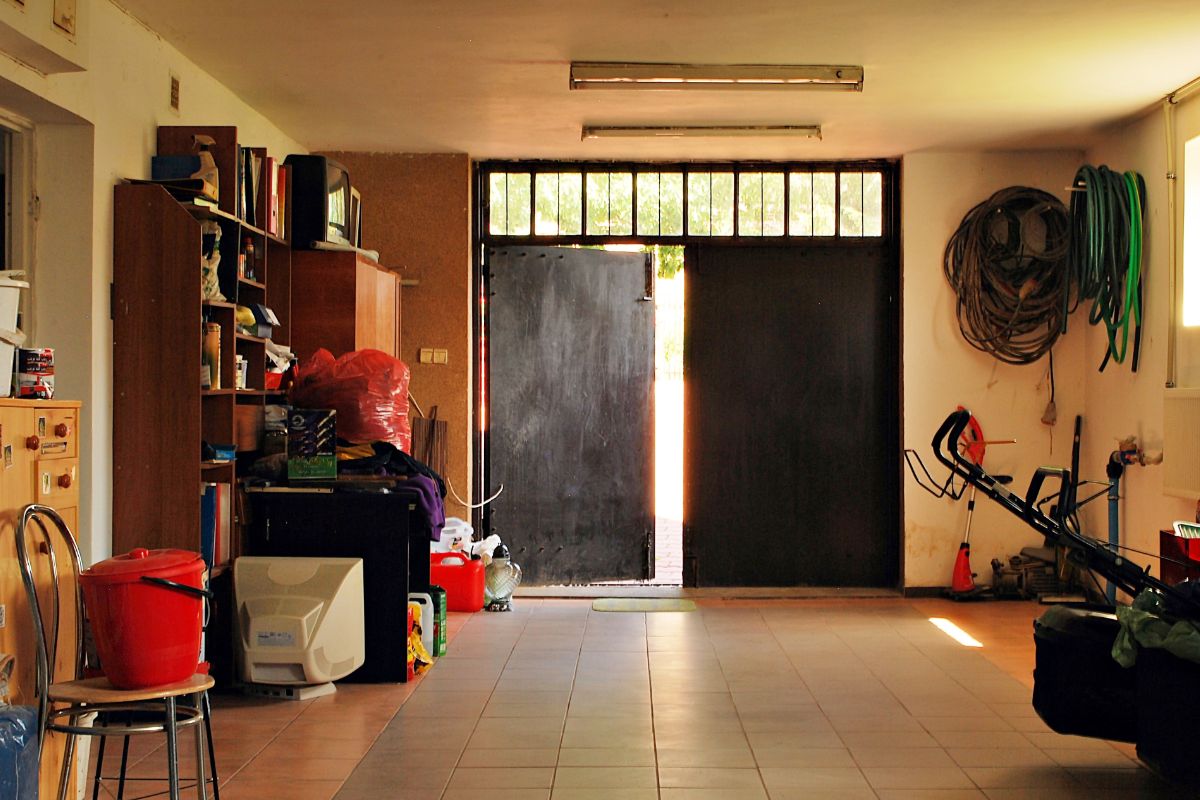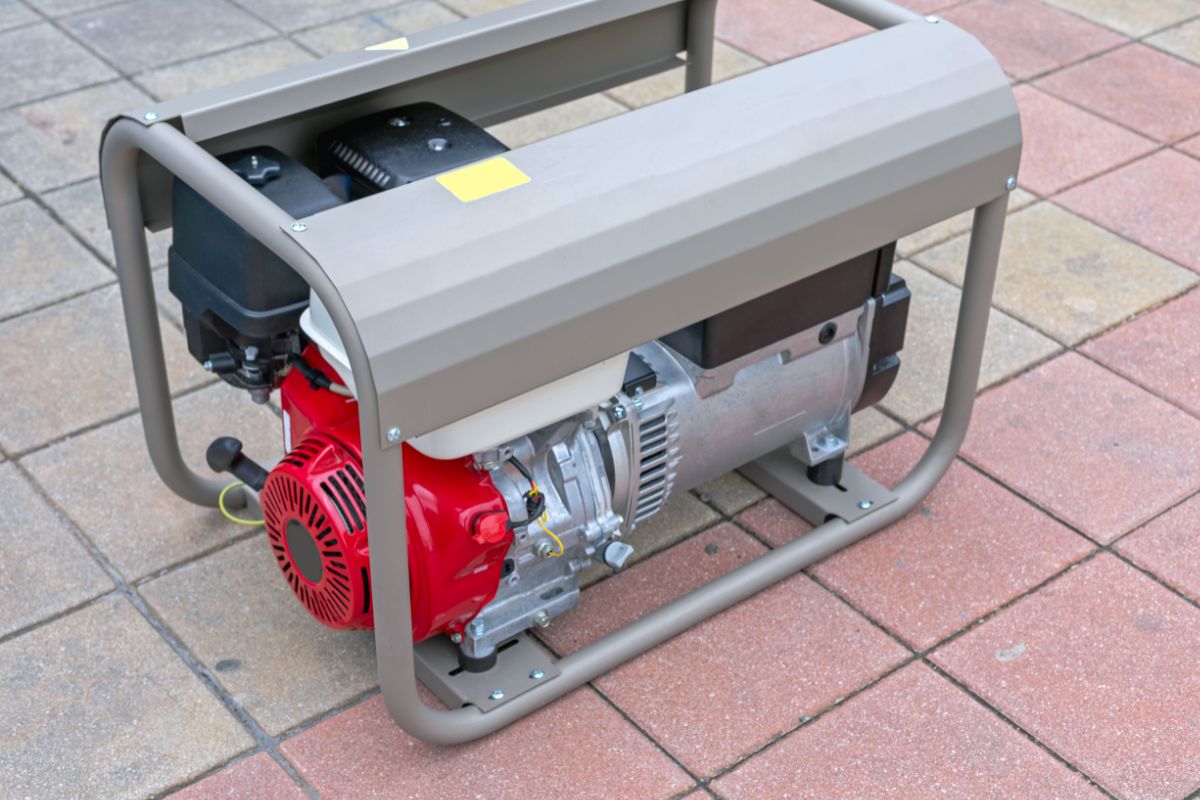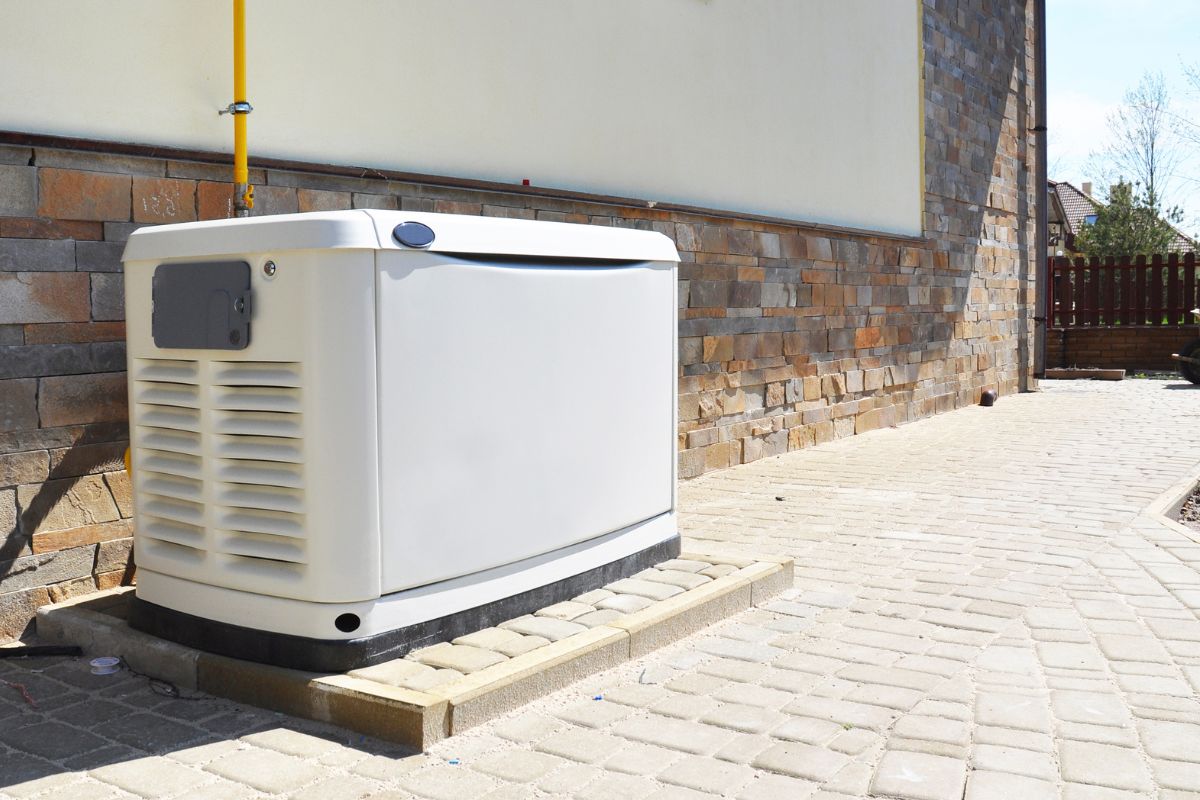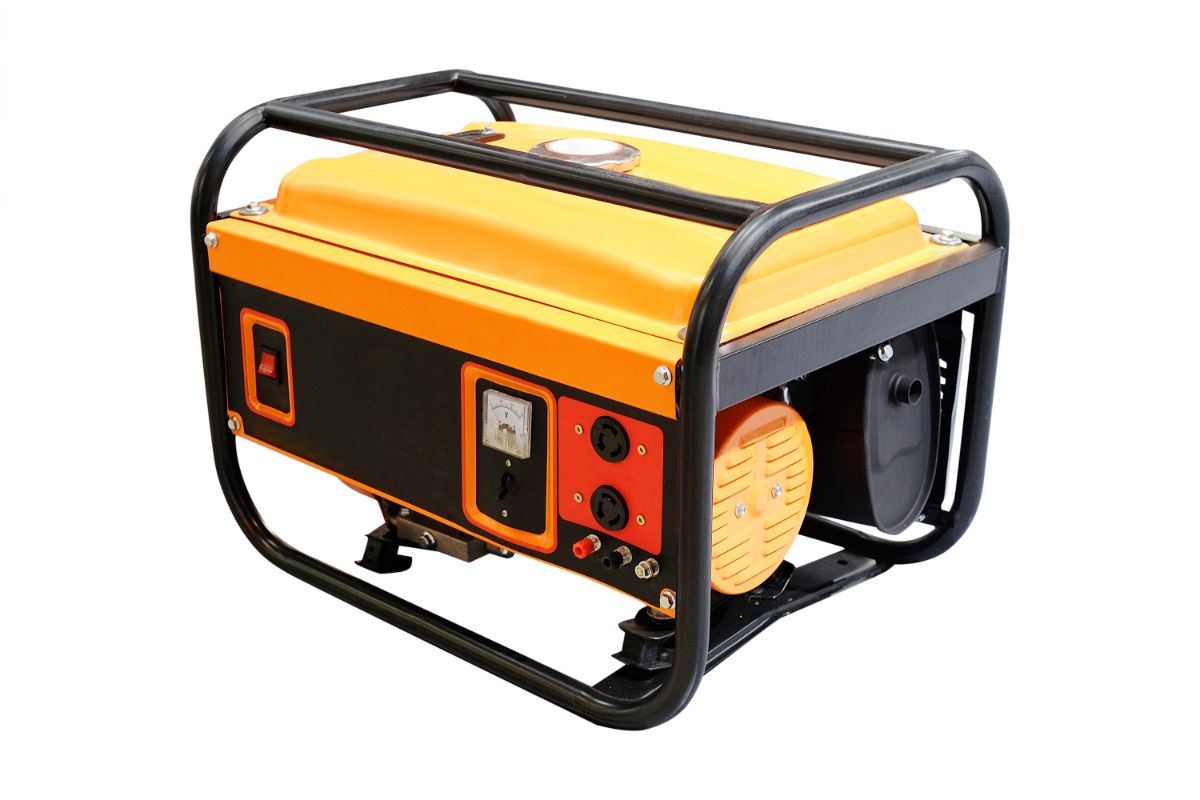If you’re in the market for a lithium battery, you’ll no doubt come across the name Lossigy on your search.
Of all the brands throwing their hats into the LiFePO4 ring, Lossigy have proven themselves to be one to watch, building a steadily growing following.

But if there’s one thing we’ve learned from the likes of Ed Sheeran and Imagine Dragons in recent years, it’s that popularity doesn’t always mean quality.
So, to make sure you don’t end up with the battery equivalent of Nickelback, I picked up the Lossigy 12 V, 100 Ah LiFePO4 battery, put it through its paces, and here’s what I found out.
Lossigy 100 Ah Lithium Battery At A Glance
Lossigy pride themselves on providing quality performance at relatively affordable prices, so it’s no surprise that they’ve risen to their current position in the market, and this 100 Ah battery is one of their most popular products.
It’s fairly typical in terms of shape and size, but graphics and colors on the enclosure give it more of a high-end vibe than some obvious competitors.
Reviews are overwhelmingly positive, claiming it’s a reliable, stable, and powerful addition to a power storage arsenal, but there are a few negatives lingering on the internet, which is why I’ve taken it upon myself to get some first-hand experience with it.
REVIEW
Lossigy 100 Ah Lithium Battery
Pros
- Excellent BMS system
- High thermal performance
- Thermal switch works wonderfully
- Price tag is pretty reasonable
- The build quality is second to none
- Nice and portable thanks to the nylon handle
- 100% DoD doesn’t totally tank cycle life
- Very durable
- Can be run in series or parallel
Cons
- No cold charge protection
- Handle gets uncomfortable after a while
Where Can I Purchase The Lossigy Lithium Battery?
Buyer’s Guide
Capacity
The Lossigy passed my capacity check with flying colors, scoring 102.65 Ah on the meter, which is obviously slightly above spec — always welcome!
This amounted to 1293 watt-hours and 1.2318 kWh, which is great for a budget LiFePO4 battery.
If, however, you’re looking for something with a smaller capacity, Lossigy produces these batteries with varying outputs, so there’ll almost certainly be something with the Lossigy label on it for you!
Shelf Life & Cycle Life
As is the case with many LiFePO4 batteries currently available on the market, the Lossigy 100 Ah is pegged to last for a full decade of service providing you take good care of it.
Of course, batteries don’t just die of old age; they can also be worked to death, so what can you expect from this Lossigy unit in terms of cycle life?
Well, online, it says this battery is good for 4000 charges, but it arrives with a pretty well-thought-out manual that goes into a lot more detail.
If you can stick to 30% discharge max, the Lossigy LiFePO4 can run for a whopping 8000 cycles, but 30% isn’t all that realistic, so, by and large, we can disregard that.
50% discharge is much more doable and still nets you 5000 cycles, which isn’t bad.
For those that like to really use the capacity of a battery, you’ll get 3000 for 80% discharge and 2000 for 100% discharge — still pretty sweet compared to the lead-acid batteries of yesteryear.
Cell Technology
Interestingly, the Lossigy lithium battery has four pouch cells doing the heavy lifting at its core.
In this sort of battery, you’ll typically see cylindrical or prismatic cells, so this was something of a curveball when I stumbled into them during disassembly.
Generally speaking, pouch cells aren’t quite as thermally efficient, but they’re pancake flat and stackable, providing companies with 90–95% packing efficiency, which improves the power density of pretty much any unit they’re used in.
Portability
Weighing in at just 23 lbs – about the size of a laundry detergent bottle – if you wanted to take this battery out for use in the field, you absolutely could, especially as it features a robust nylon handle.
However, if you’re planning on transporting it by hand across a large distance, it’s definitely worth wrapping something softer or padded around the handle, as it can become quite uncomfortable after a while.
Thermals & Weather
There is indeed a thermal switch within the enclosure of this battery, but that’s really all there is in the way of thermal protection.
During my tests, it cut discharge when it sensed temperatures around the 70° C mark, so even though pouch cells aren’t thought of as thermally efficient, these can obviously handle themselves pretty well.
Unfortunately, there’s nothing in the way of cold discharge protection, but that’s pretty typical of these budget lithium batteries.
On the other hand, this battery is rated IP68 water-resistant, so it’s more than capable of handling the odd splash if you’re planning to use it in less than stellar weather conditions or perhaps as part of your fishing kit.
Build Quality (What’s Under The Hood?)
Although everything seemed perfectly in order with my battery at first glance, I noticed a small issue when I was setting up for the discharge test.
When I was hooking the included cables up to the terminals, the red cable was a little loose, while the black cable was held fast.
I checked the length of the 4 included bolts, but they were all the same length, and so concluded that it was actually the terminals that were mismatched, one having a bolt recess that was ever so slightly too small.
Now, does this really impact performance? No, not at all. As you’ve seen from my capacity test, this battery was actually working at a rate that slightly exceeded spec.
It’s just a small attention-to-detail factor to bear in mind when considering a Lossigy unit, but that’s where the workmanship errors started and ended. When I opened this thing up with my trusty chisel, I was more than impressed.
The cells were enclosed in epoxy boards padded out with firm foam strips.
The foam strips (as well as the shrink wrap around the cells) were glued to the interior of the enclosure, which is kind of neat, as it guarantees that the foam isn’t going to shift over time, potentially leaving certain zones vulnerable to impact damage.
I had to cut the shrink wrap to reach the cells, and I was pretty happy with what I found.
I was able to pry the cells out of the unit to inspect them individually, and there were no significant blemishes and everything seemed perfectly in order.
There was more foam around the series cells as well, adding some more impact and rattle resistance. The two parallel cells were just stacked one on top of the other, but that’s fine as they both have hard shells.
I also really appreciated the top-notch cable management, as all the balance leads were spiral-wrapped to prevent them from becoming a tangled mess — It all looked very well organized and put together.
What’s more, the main conductors were all bolted down securely, and they were crimped and heat-shrunk rather than soldered, which always gives you a longer service life.
Durability
As you can surmise from the quality of the build, this is a pretty dang durable battery. It’s not like I’ve been throwing it around to really test its mettle, but all signs point to it being incredibly robust.
The enclosure is tough, the foam packs out any loose space, providing a nice bit of impact resistance, and the wiring is all built and integrated to the highest standard.
It also arrives with a pair of terminal plugs, which I thought was a nice touch, especially as it’s clearly designed to be taken far afield, where dirt or moisture could find a way into the nooks and crannies of the mechanism.
BMS
A poorly performing BMS can turn a good battery into a hazardous mess, so I had to put it to the test before I could genuinely sign off on this battery.
Thankfully, everything seemed to be working just fine. I applied some controlled over-voltage, and the BMS cut the system immediately. No wires were fried and no smoke.
Compatibility
Last but not least, we come to the matter of compatibility.
If you’re hoping to bring home a few of these batteries to give yourself a more robust power bank, say, to use as an emergency backup in the event of a blackout, you can connect these batteries up in either series or parallel.
The Final Verdict
And thus ends my deep dive into the incredibly popular Lossigy LiFePO4 100 Ah battery.
In my opinion, it more than lived up to the hype, especially in terms of build quality. You simply won’t find anything this well put together at a price this low.
The only thing I’ve come across that holds a candle to Lossigy’s build quality is Power Queen’s 100 Ah LiFePO4 offering, and that was also spectacular.
It’s obviously a little disappointing that this battery doesn’t have cold charge protection, as that really would make this a champion product, but other than that and the slightly mismatched boltholes, I don’t have a bad thing to say about it.
I’d recommend this lithium battery to anyone looking for high quality without breaking the bank.
It’s the perfect way to enter the power storage game with confidence, and as they can be chained, you can expand your bank gradually as and when you’re ready.
I give the Lossigy 100 Ah LiFePO4 Battery 4.8/5




